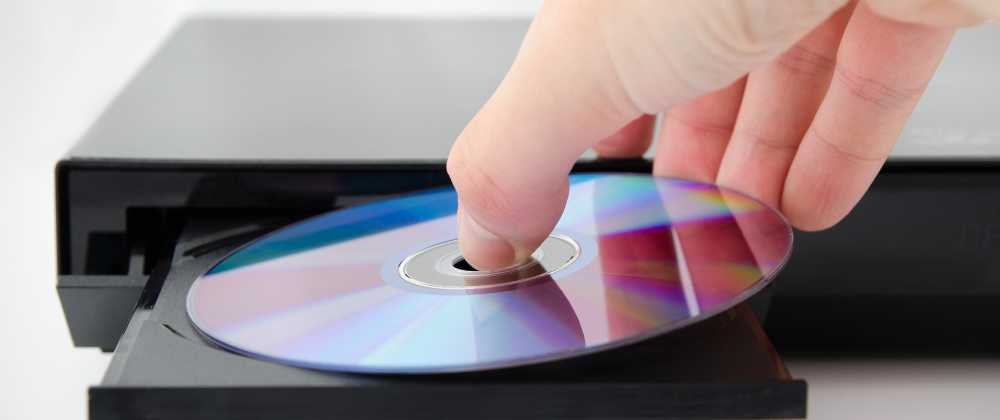There was a time, not too long ago, when every computer hummed with the spin of a CD or DVD. We heard its whirl as we loaded games, listened to music, or installed software. But peer into the guts of today’s gaming laptops, and you’ll find them absent. The CD/DVD drive, once a staple, has vanished.
Here’s a startling fact: In 2002, over 90% of PCs sold came with CD-ROMs or DVD drives. Fast forward to 2022, and that number has plummeted to a mere fraction. The once-ubiquitous drives are now rare, especially in gaming laptops. Why? Dive in with me as we unravel this mystery.
The Rise of Digital Downloads and Streaming

Let’s turn the clock back a bit. In 2003, a little platform named Steam entered the scene. It changed everything. By 2021, Steam boasted over 120 million active users. The CD’s death knell had begun to ring.
Platforms like the Epic Games Store and GOG followed suit. They presented libraries teeming with games, ready for download. No packaging. No shipping. Just a click, and the game belonged to you.
Then came the giants of streaming: Twitch and YouTube. By mid-2020, Twitch had 7 million active streamers monthly. Gamers no longer just played; they watched. They didn’t need a disk to engage with their favorite titles. They just tuned in.
Imagine the convenience! A stormy night, wind howling outside, and you’re cozy indoors. No need to run to a store or wait for a delivery. Your next adventure, a mere download away. The future of gaming had shifted, and CDs? They were left behind.
The Need for Portability and Aesthetics
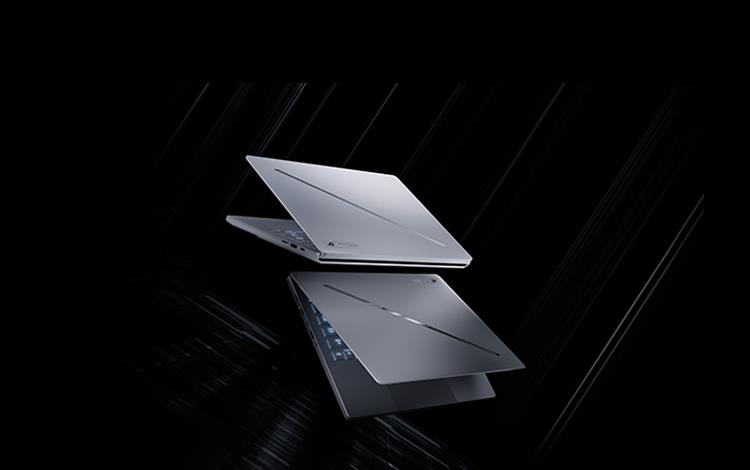
Times change. And with it, our desires. The bulky machines of the past? Replaced. Now, we craved thin, almost ethereal devices.
The 2010s brought a wave. Gaming laptops began shedding weight, chasing the dream of ultra-portability. The CD/DVD drives? They were anchors, dragging them down.
Such drives aren’t just heavy. They’re bulky. They break the sleek silhouette of a modern machine, making it look antiquated, a relic of another era.
Modern design speaks a language of elegance. Clean lines. Smooth surfaces. No jagged edges or protruding parts. The CD/DVD drive? It didn’t fit the narrative.
We moved forward, embracing an aesthetic that merged form with function, and in doing so, the CD/DVD drive became a memory.
Improved Storage Solutions

Evolution doesn’t wait. Neither does gaming. We hungered for speed, for immediacy. Enter: the SSD.
Traditional HDDs? They had their time. Spinning disks. Moving parts. But in the face of the Solid State Drive, they seemed almost… archaic.
SSDs changed the game. Literally. Load screens? Hastened. Game lag? Diminished. An SSD doesn’t read; it devours, offering speeds the HDDs could only dream of.
But there’s more. The emergence of USB 3.0 kicked open another door. Transferring large game files? No longer an eternity. External storage solutions echoed the SSD’s promise: Faster, sleeker, better.
In this new age, waiting becomes a relic. We play at the speed of thought. SSDs and advanced USB technologies made it so.
The Decline in Physical Game Sales
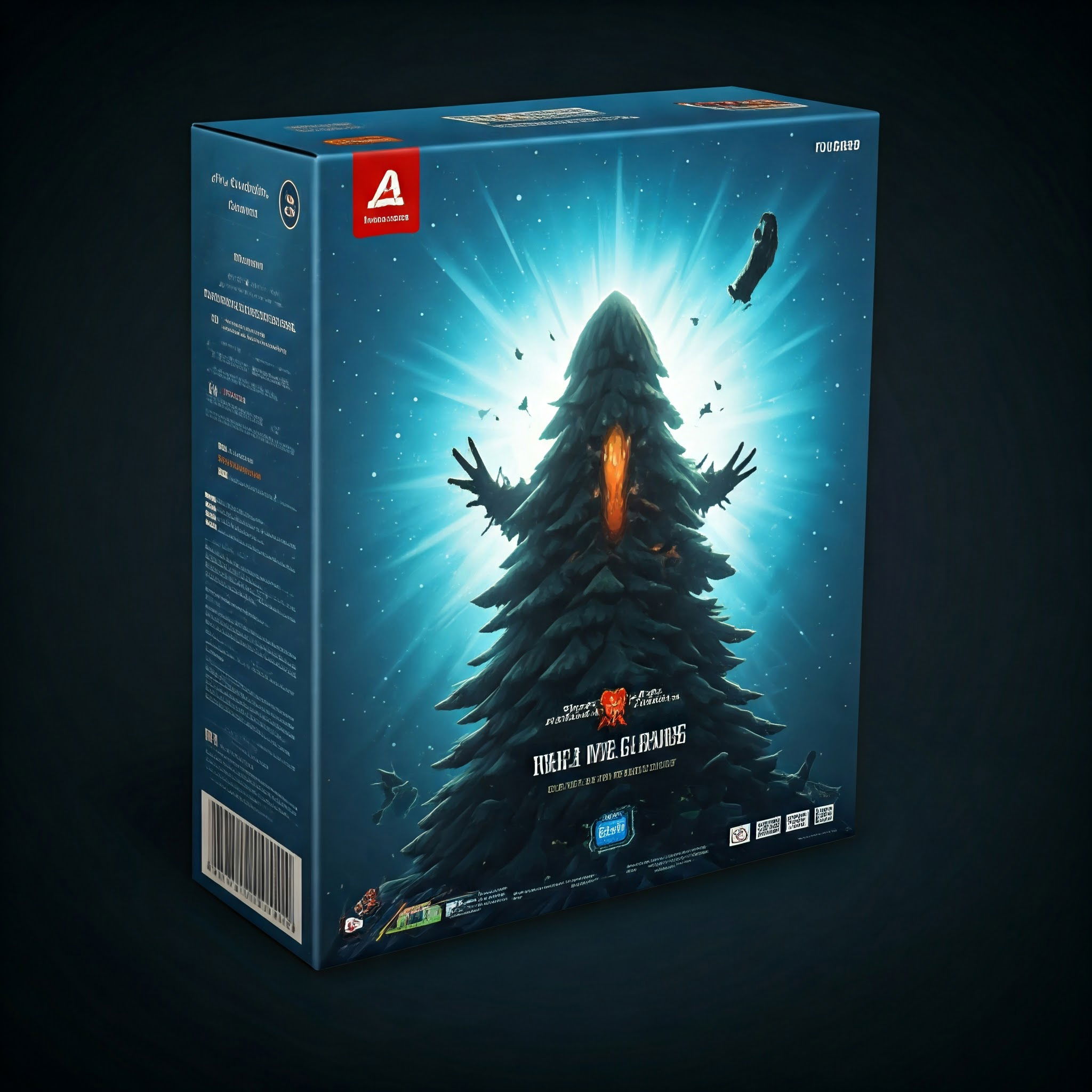
Once, we cradled boxed games. Tangible. Real. But the tides turned, and the physical faded into the digital.
Sales charts echoed the shift. Physical game sales plunged. Digital? It soared, reaching heights once deemed unimaginable. Data shows: by 2021, digital game sales comprised 91% of total sales, a stark contrast from a decade ago.
The Earth weighed in. Mountains of plastic wrappings, the forests sacrificed for manuals. The planet groaned, and we listened. Environmental alarms rang, and many developers moved away from wasteful packaging.
But there was also the sheer inconvenience. Shelves cluttered with boxes, space consumed by cartridges and discs. The digital era, unburdened by physical confines, beckoned.
The march of progress is relentless. And in its wake, the days of physical game sales wane.
Advancements in Internet Speed and Accessibility
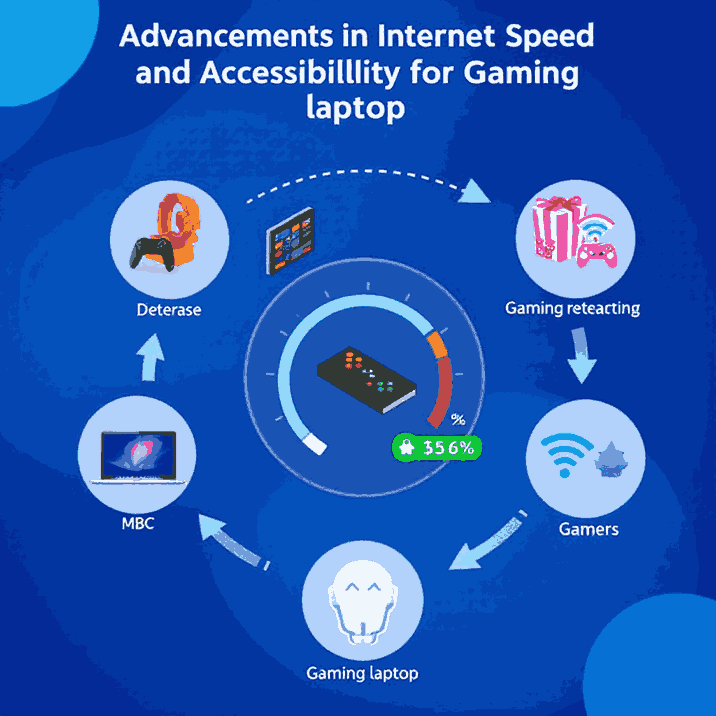
A torrent of speed cascaded upon us. Gone were the sluggish days of dial-up connections, replaced by lightning-fast fibers. By 2022, global average internet speeds had surged, enabling downloads in mere minutes that once took days.
A world once pixelated by slow speeds started to sharpen. High-speed internet, once a luxury, spread its tendrils globally. From bustling cities to quaint towns, accessing high-velocity data streams became a norm.
With this speed came liberation. The necessity to sit patiently, CD in hand, awaiting game installations vanished. Now? A click, a brief wait, and vast gaming realms unfolded.
The revolution was clear: the world no longer needed CDs or DVDs. The future lay in the ethereal realm of bytes and bandwidth.
Reduced Manufacturing Costs

Every penny counted. Every component in a laptop had a price, both in money and space. As gaming laptops evolved, so did their priorities. CD/DVD drives, once essential, began to seem like expensive artifacts.
Removing them? A masterstroke in cost-efficiency. For manufacturers, every drive omitted meant dollars saved in parts, labor, and distribution. The cascade effect? Consumers reaped the benefits, witnessing a drop in the price tags of their desired gaming beasts.
But the benefits didn’t stop at just savings. Omitting the drive opened up real estate within the laptop’s chassis. This newfound space became a playground for engineers, allowing them to cram in advanced graphics, superior cooling systems, or larger batteries.
In the ruthless calculus of manufacturing, CD/DVD drives had become a relic, making way for innovation and affordability.
Changing Consumer Preferences
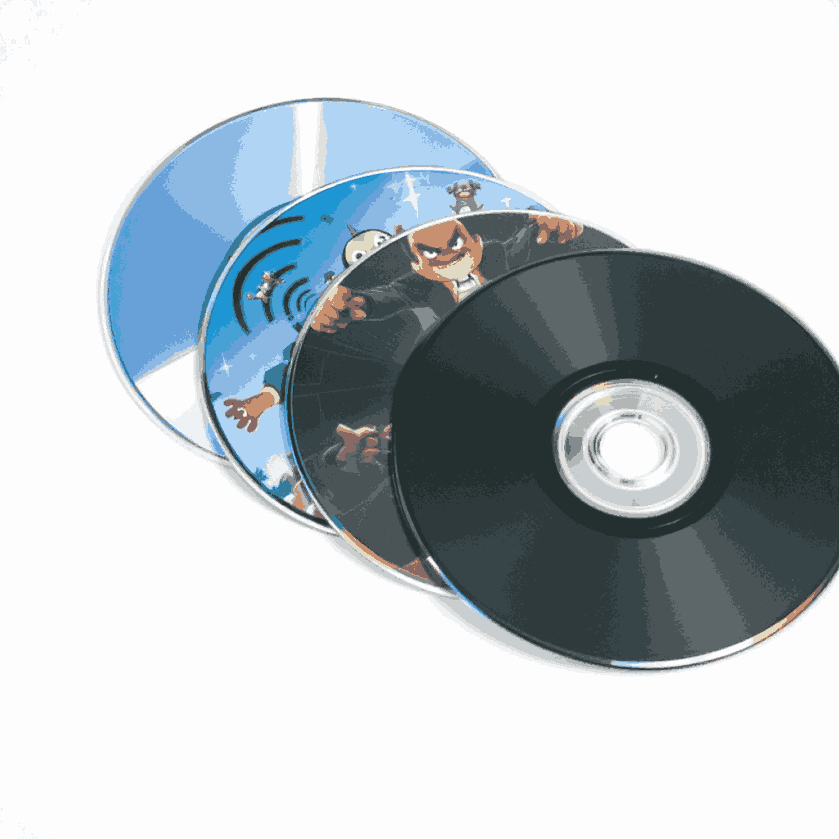
We all evolve, and so do our tastes. The towering bookshelves that once held CDs and DVDs started gathering dust as digital libraries on platforms like Steam and Origin burgeoned. I remember the tactile joy of unwrapping a new game, but today’s generation? They’re diving straight into gameplay, minutes after a click.
Recent surveys painted a stark picture. An overwhelming majority admitted they hadn’t touched a CD/DVD drive in over a year. Why would they? With a world of content available at their fingertips, the ritual of inserting a disk felt archaic.
And it wasn’t just about convenience. The younger brigade, the Gen Z gamers, often looked puzzled when shown a game installation via CD. Their gaming journeys began in an era dominated by digital downloads.
Our preferences, subtly and overtly, directed the market. Manufacturers, ever alert to the winds of change, took note. The CD/DVD drive, once a symbol of tech prowess, became a quaint reminder of a bygone era.
Changing Consumer Preferences
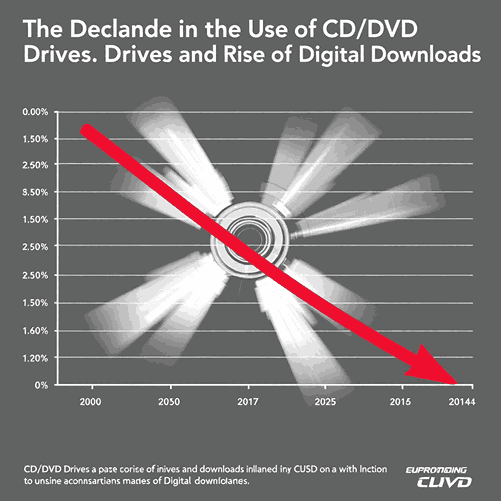
The digital age has rewritten the script of how we consume content. Gone are the days of vast collections of CDs and DVDs; now, virtual shelves brim with games, waiting for a click to spring to life.
I came across a telling survey recently: a staggering majority confessed they hadn’t touched a CD/DVD drive in the last year. It spoke volumes. The allure of physical discs has dwindled, overshadowed by the ease of digital downloads.
But there’s more to it. Hand a game disc to a Gen Z gamer, and you’re met with a bemused look. For them, the idea of installing a game from a disc is foreign, even archaic. Their gaming chronicles began in an era where titles were fetched from the cloud, not from store shelves.
It’s not just a technological evolution; it’s a cultural one. The once-cherished act of slotting in a disc is now a fading memory, replaced by the immediacy of digital downloads.
Drawbacks of Omitting CD/DVD Drives

Let’s not dance around it: progress has its price. With the fading footprint of CD/DVD drives from modern gaming machines, a section of gamers feels cornered.
Imagine the collector, walls adorned with mint-condition game boxes. For them, each disc isn’t just a game; it’s a piece of history, an artifact. The tactile joy of holding a fresh game disc, reading its manual, appreciating the cover art — these aren’t experiences a digital download can replicate.
But move beyond nostalgia. Think of regions where the internet isn’t as sprightly as we’d like. Places where downloading a 50GB game isn’t just tedious; it’s nearly impossible. For them, a gaming laptop without a CD/DVD drive isn’t a step forward. It’s a door shut.
In our rush towards the digital future, it’s crucial to remember the tangible past and understand that progress can sometimes alienate as much as it entices.
Conclusion
The tale of the disappearing CD/DVD drives isn’t a simple one. It’s woven from myriad threads — from the allure of sleek designs to the rapid pace of internet advancements, from the evolution in storage technologies to changing player preferences.
As we hurtle into this brave new digital world, let’s not forget the charm of the past. It’s essential to embrace the new, but equally important to cherish the old. After all, the future is built on the foundation of the past, and in the echoes of spinning discs, we’ll always find a piece of our gaming souls.
